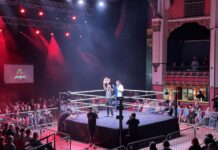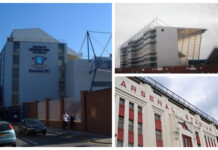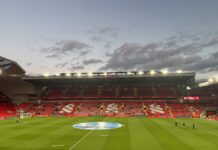Amidst the current uncertain climate of Liverpool’s ownership and the money circulating around the club, it’s easy for many a Red to forget the scandalous saga of stadium relocation that was prominent in the early 2000’s. A calamitous combination of financial uncertainty, futuristic stadiums, and broken promises; this is the story behind the Stanley Park Stadium.
The story begins in the year 2000, Liverpool FC stated their intention to relocate Anfield to the nearby Stanley Park, a move that would increase the crowds watching Gérard Houllier’s trophy targeting side from just under 45,000 to 60,000.
Such substantial growth does not come without its hurdles, plans rapidly escalated to a 75,000-seater stadium based in Speke the following year, followed by a prompt U-turn due to the financial and planning restrictions the club was working with.
Finally, a £70m 55,000 capacity venue back in Stanley Park was agreed to be the best course forward in 2003. For many, the move was a sign of the times. Football was growing on a global scale at an astounding rate, being one of the largest clubs in the world, Liverpool could not afford to fall behind.
Planning permission and a 999-year lease for the planned location was granted to the club in 2004, but was not signed.
Liverpool saw themselves achieve relative domestic and European success in the years following, this of course includes the legendary 2005 Champions League final comeback against AC Milan in Istanbul. All was not rosy however, as it was well-known that the club was having troubles keeping up with competitors financially.
A tumultuous back-and-forth of decisions involving the club’s future home whipped up a storm again in 2006, with outside investors Northwest Development Agency refusing a £9m investment citing ‘There is no clear evidence of the club’s ability to commence the project’.
The doubt doubled down during the same year when chairman, David Moores announced he would be selling the club due to a lack of funds to maintain steady growth. In assumption this included the funding of the new stadium.
2007 came around quickly, and the £435m acquisition of Liverpool FC commenced. Eccentric sports tycoons George Gillett and Tom Hicks beat competition from the billionaire Dubai International Capital (DIC). This would have seen some of the first Arab public investment funds seep into the British game a whole year before Manchester City’s infamous acquisition.
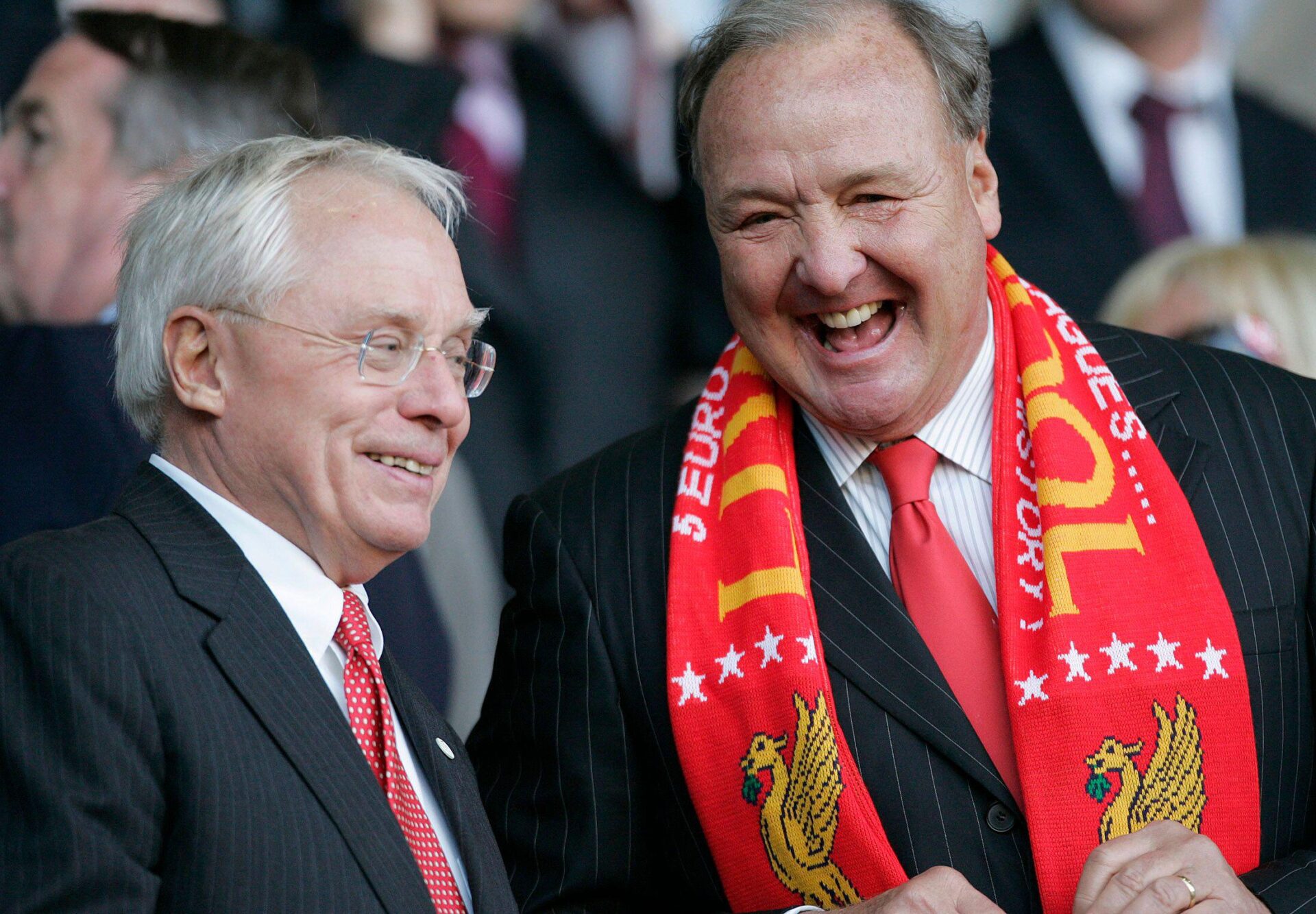
Hicks and Gillett promised Liverpool fans that “a spade has to be in the ground in 60 days” for the proposed Stanley Park project, as £215m of the takeover fee was supposedly allocated towards the construction of the new stadium.
A crushing defeat in the 2007 Champions League Final encouraged a spending spree from the American duo, backing Rafa Benitez to bring in Fernando Torres for a £20m club record fee at the time. In the meantime, Hicks and Gillett failed to deliver on their 60 days promise, their reason being that they now intended to expand the ground’s capacity to 70,000; delaying the planning process.
The economic recession of 2007/8 caused further implications on the move, as projected costs rose above £400m. The chairmen called to architect firms HKS of Texas and AFL of Manchester to propose redesigns, HKS eventually emerging as the victor in the bid with a futuristic looking concept.
HKS’ design was slated to have an 18,500 seater single-tier kop, with a rounded-postmodern design consisting of mostly glass and steel. Looking way ahead of its time and surrounded by the lush green pastures of the surrounding park, it was sure to be an eye catcher and a new point of interest within the city. Interestingly, AFL’s proposed design included a pair of ‘Wembley-like’ arches, that would have pierced the Merseyside skyline.
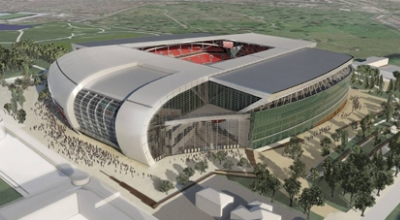
At risk of putting the club into major financial discourse, George Gillett proposed a collaborative effort between the Royal Bank of Scotland and U.S based investment firm, Wachovia to raise £350m. This was needed to pay off existing debts and fund the construction of the new stadium early 2008.
In the meantime, as relationships between Benitez and the owners began to wither and decay, results on the pitch took a turn for the worst. Hicks mentions in press conferences and interviews that the “credit crunch is to blame” for the delays in the new stadium, it is also rumoured he has fallen out with his business partner.
2009 brought with it some positive news to a fanbase that was seething with frustration at the results on the pitch, the relationship between the owners and the beloved Benitez, and finally the new stadium. Shirt sponsor and long-time beer sponsor of the reds, Danish brewers Carlsberg had lightened moods with a serious proposal of naming the new venue ‘Carlsberg Anfield’.
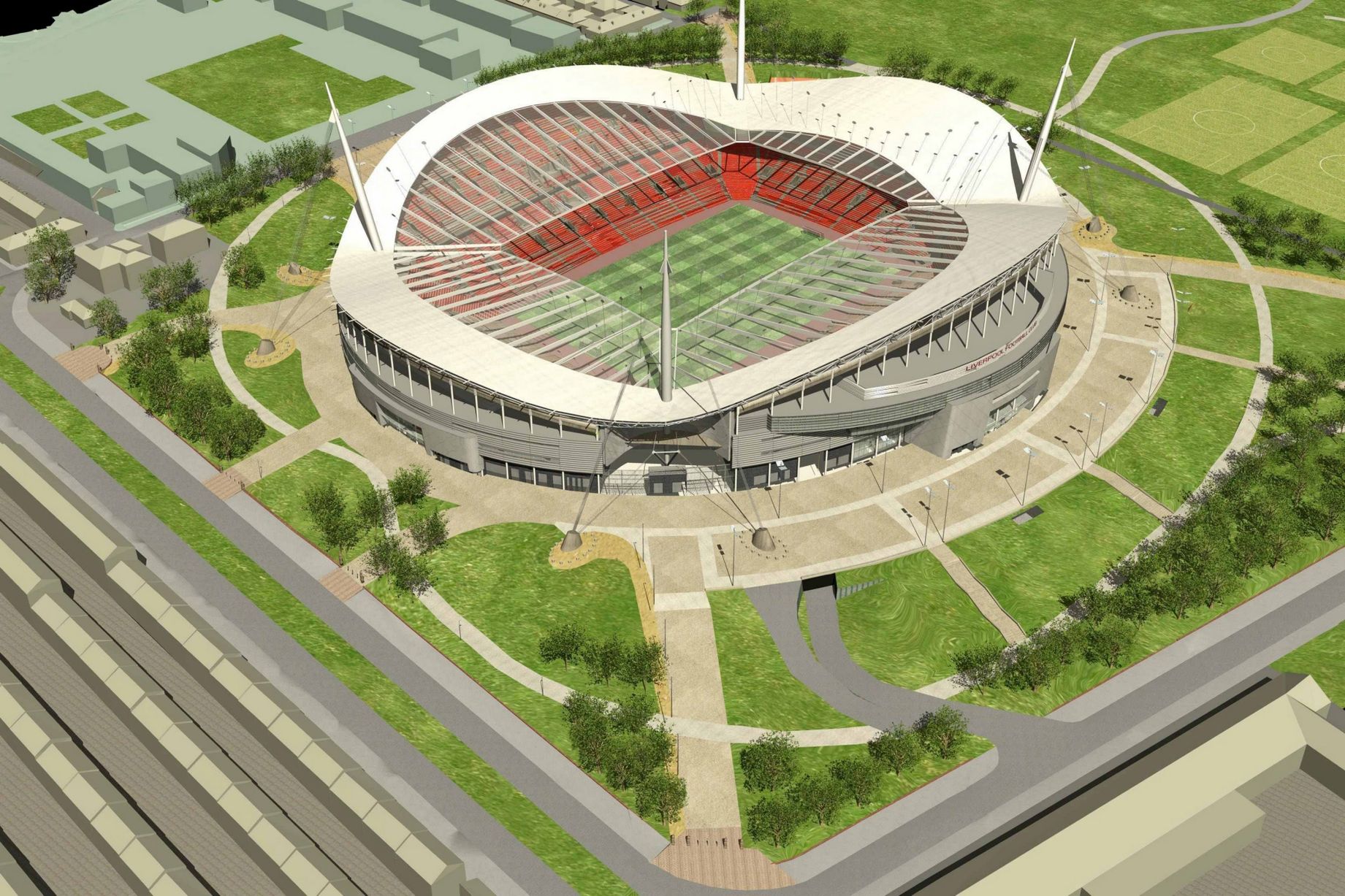
Tensions were only briefly quelled between the two as Hicks and Gillett were once again at ends. 2010 spelled a near-administration financial climate for Liverpool, with buyers such as the DIC rumoured to have £500m waiting for the inevitable sale. The fans, having formed the famed supporter group ‘Spirit of Shankly’ in response to this mishandling of the club were begging for the Americans to sell.
Hicks and Gillett would see the end of their journey at Liverpool FC stating they are working to “ find the right buyer for LFC, one that could support and sustain the club in the future.” Drained emotionally and financially and out of refinancing options the chairmen handed the club over to British Airways CEO, Martin Broughton to orchestrate the sale of the club. Broughton decided that a £300m bid from John W. Henry and the New England Sports Venture group (now FSG) would be the best course of action.
And so with the introduction of FSG, a new era was upon the club. The ghost stadium of Stanley Park never came to be, as Henry and his consortium believed expansions on the current Anfield site would be a much safer, legacy-cementing option.
Anfield saw an upgrade to the main stand in 2016, and an upcoming Anfield Road development due for the 2023/24 season. The Shankly Gates will soon be able to welcome up to 61,000 reds, finally delivering on a promise 20 years in the making. Liverpool’s owners may be back in the firing line once more, but their success in creating a larger, more impressive home for their team where previous owners have failed cannot be disputed.



